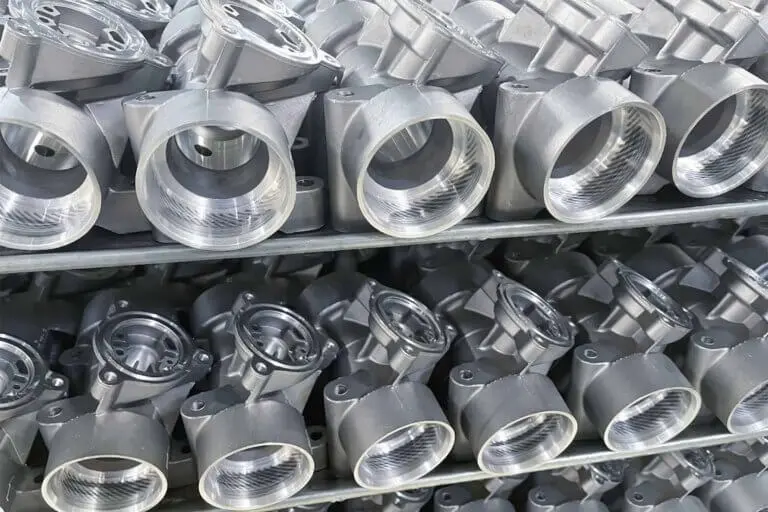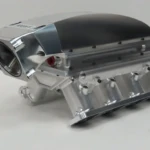The Ultimate Guide to Thread Treatment Methods in CNC Machining Centers
Thread treatment methods are a crucial aspect of CNC machining, as they play a significant role in improving the quality, accuracy, and reliability of machined parts. In this comprehensive guide, we’ll explore the most commonly used thread treatment methods in CNC machining centers, their applications, and benefits. Whether you’re a seasoned machinist or an enthusiast, this article will provide you with valuable insights to help you make informed decisions in your machining operations.
Thread Treatment Methods: A Review
Before diving into the various thread treatment methods, let’s establish a baseline understanding of what they are. Thread treatment refers to the process of modifying the surface of a machined part to enhance its tribological properties, such as reducing friction, wear, and corrosion. This is achieved by applying a thin layer of material, typically a substance with unique properties, to the surface of the part.
1. Annealing
Annealing is a popular thread treatment method that involves heating a metal part to a specific temperature, typically around 1500°F (815°C), and then slowly cooling it. This process relieves internal stresses, reduces hardness, and increases the part’s ductility. Annealing is commonly used on steels, particularly in the aerospace and automotive industries, to improve thread integrity and reduce the risk of thread failure.
2. Peening (Shot Peening)
Shot peening is a high-energy process that bombards the surface of a part with small, abrasive media, such as glass beads or ceramic chips, at high velocities. This process creates a thin layer of compression residual stress, which improves the part’s fatigue life and resistance to notch sensitivity. Shot peening is often used in aerospace, energy, and defense applications where high-performance threads are critical.
3. Lapping
Lapping is a mechanical polishing process that uses a gentle, controlled movement of abrasive tools, such as diamond-plated wheels or bonded abrasives, to polish the surface of a part. This method produces a smooth, planar surface, reducing surface roughness and improving thread quality. Lapping is commonly used in the aerospace, automotive, and medical industries, where precision and precision are essential.
4. Electroplating
Electroplating is a chemical process that deposits a thin layer of a desired material, such as chrome, nickel, or titanium, onto the surface of a part. This method provides enhanced corrosion resistance, wear resistance, and appearance. Electroplating is widely used in various industries, including aerospace, automotive, and consumer goods, where aesthetics and durability are important.
5. Passivation
Passivation is a chemical treatment that removes contaminants and residue from the surface of a part, leaving a clean, oxide-free surface. This process is essential in ensuring thread integrity and preventing corrosion. Passivation is commonly used in medical and pharmaceutical applications, where the absence of contaminants is crucial for ensuring product quality and patient safety.
Choosing the Right Thread Treatment Method
When selecting a thread treatment method, several factors come into play, including:
- Material type: Different materials require different treatment approaches, and some may be more suitable for certain methods due to their chemical properties or thermal sensitivity.
- Thread geometry: The shape and size of the thread can impact the choice of treatment method. For example, smaller threads may require more delicate treatment to avoid damage or distortion.
- Performance requirements: The required level of thread performance, whether it’s strength, corrosion resistance, or wear resistance, will impact the choice of treatment method.
- Manufacturing constraints: Production constraints, such as time, cost, and equipment availability, may influence the chosen treatment method.
Conclusion
In conclusion, the choice of thread treatment method is a crucial aspect of CNC machining, and each method has its unique benefits and limitations. By understanding the characteristics, applications, and common uses of these methods, you’ll be better equipped to select the most suitable treatment for your specific needs. Whether it’s annealing, peening, lapping, electroplating, or passivation, the right thread treatment method can significantly enhance the quality, accuracy, and reliability of your machined parts.
Leave a comment below with your thoughts on the most common thread treatment methods used in CNC machining centers. Have you ever encountered any surprises or difficulties with thread treatment? Share your experiences to help our community learn from each other.
As always, thank you for reading!
About this article:
This article is an informative blog post written and reviewed by a team of industry experts, providing readers with a comprehensive overview of the most commonly used thread treatment methods in CNC machining centers.










































